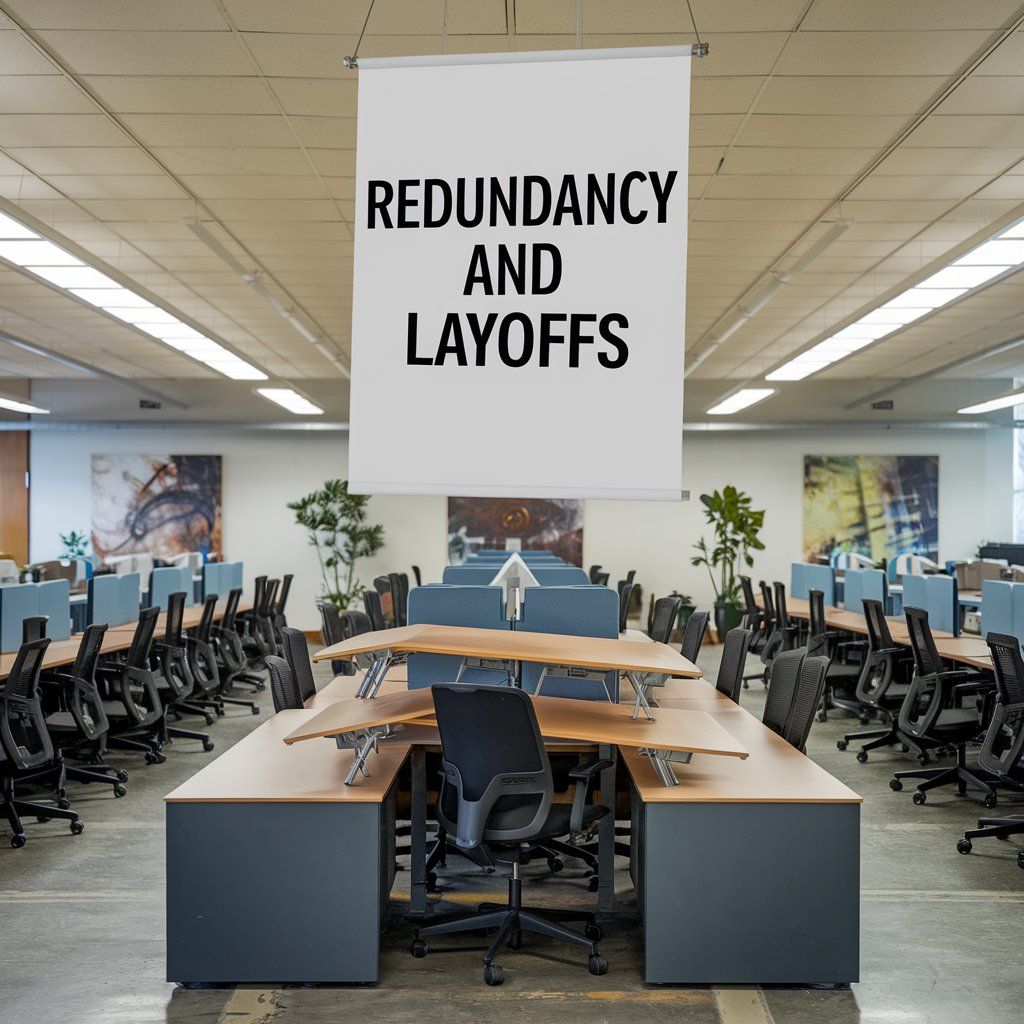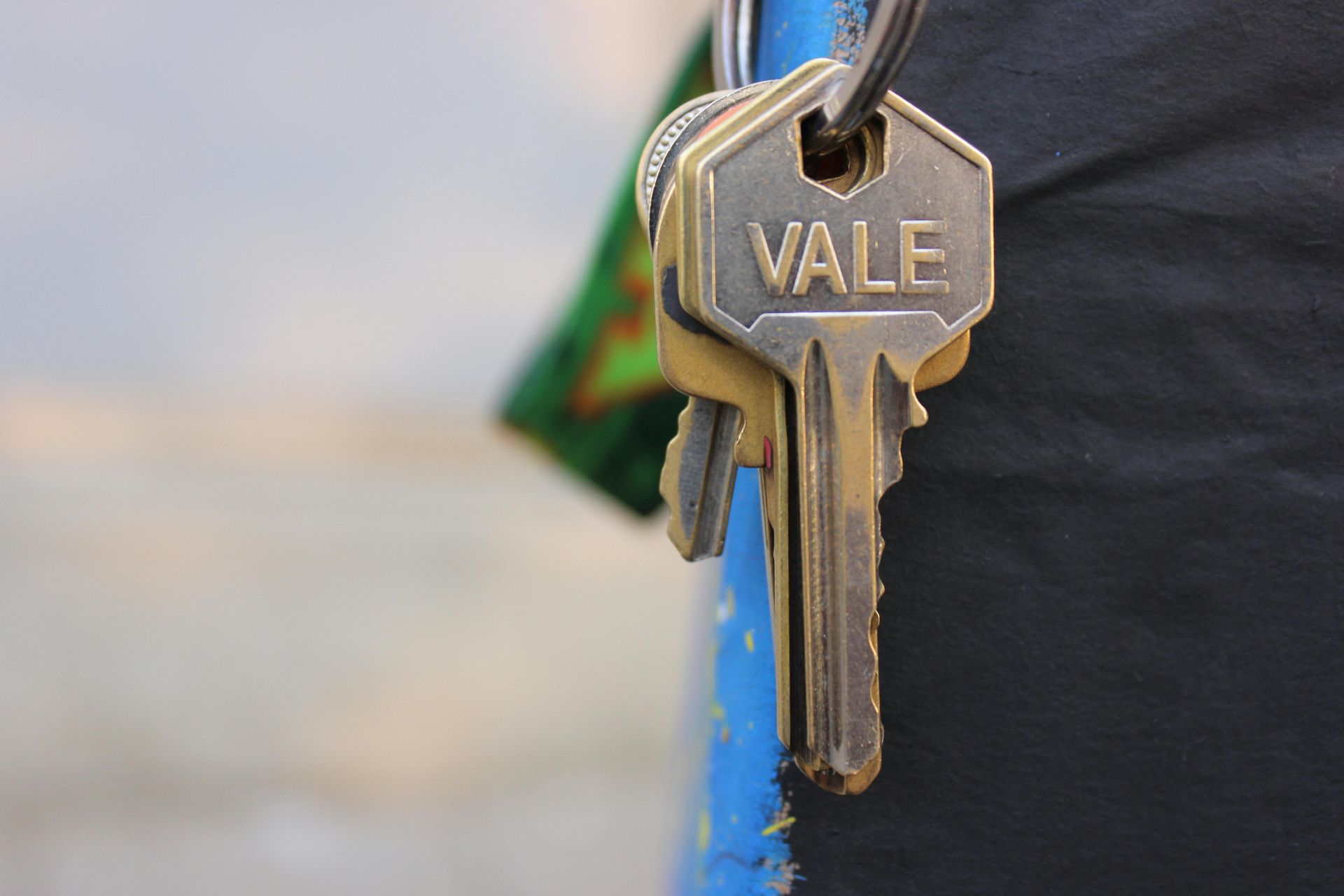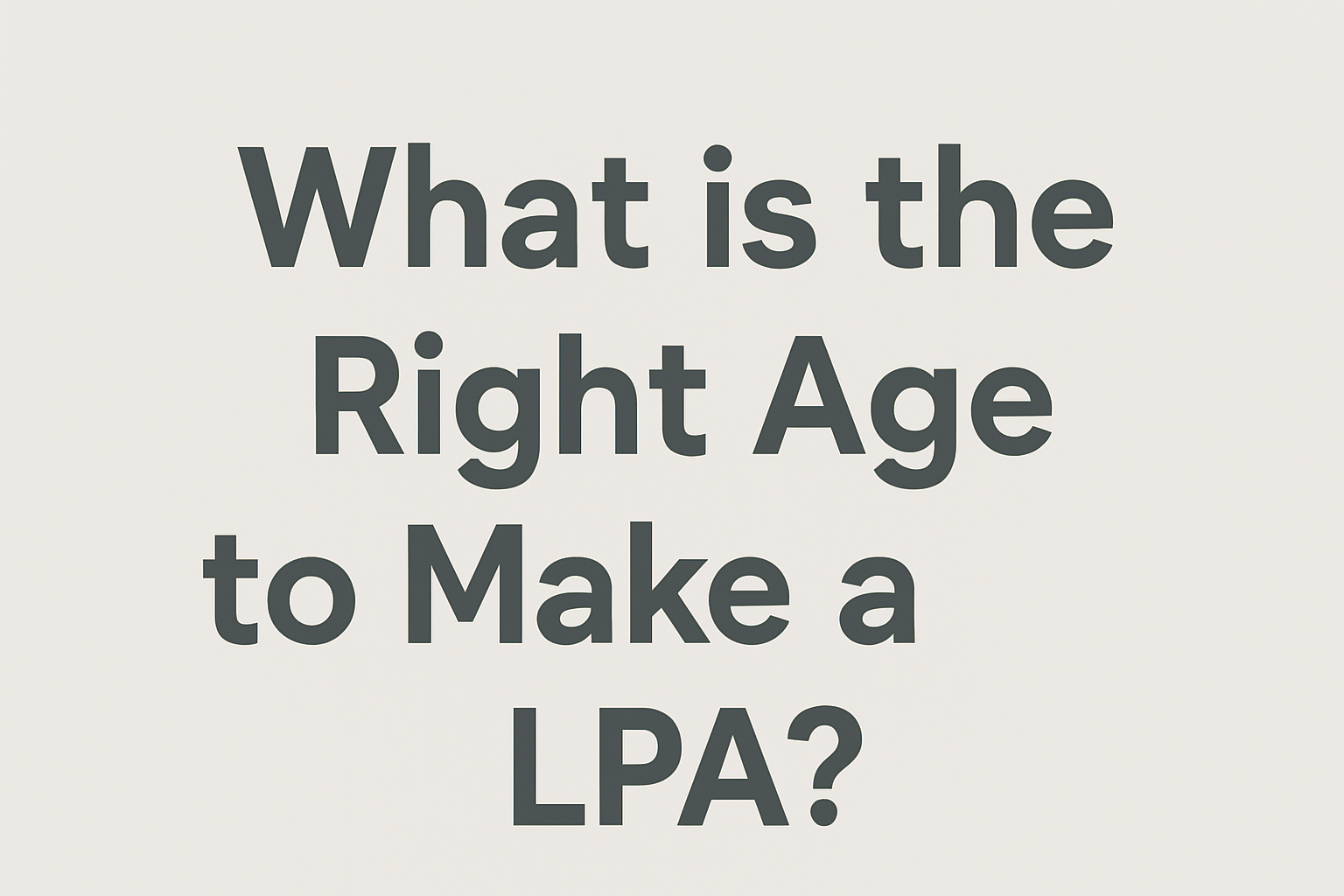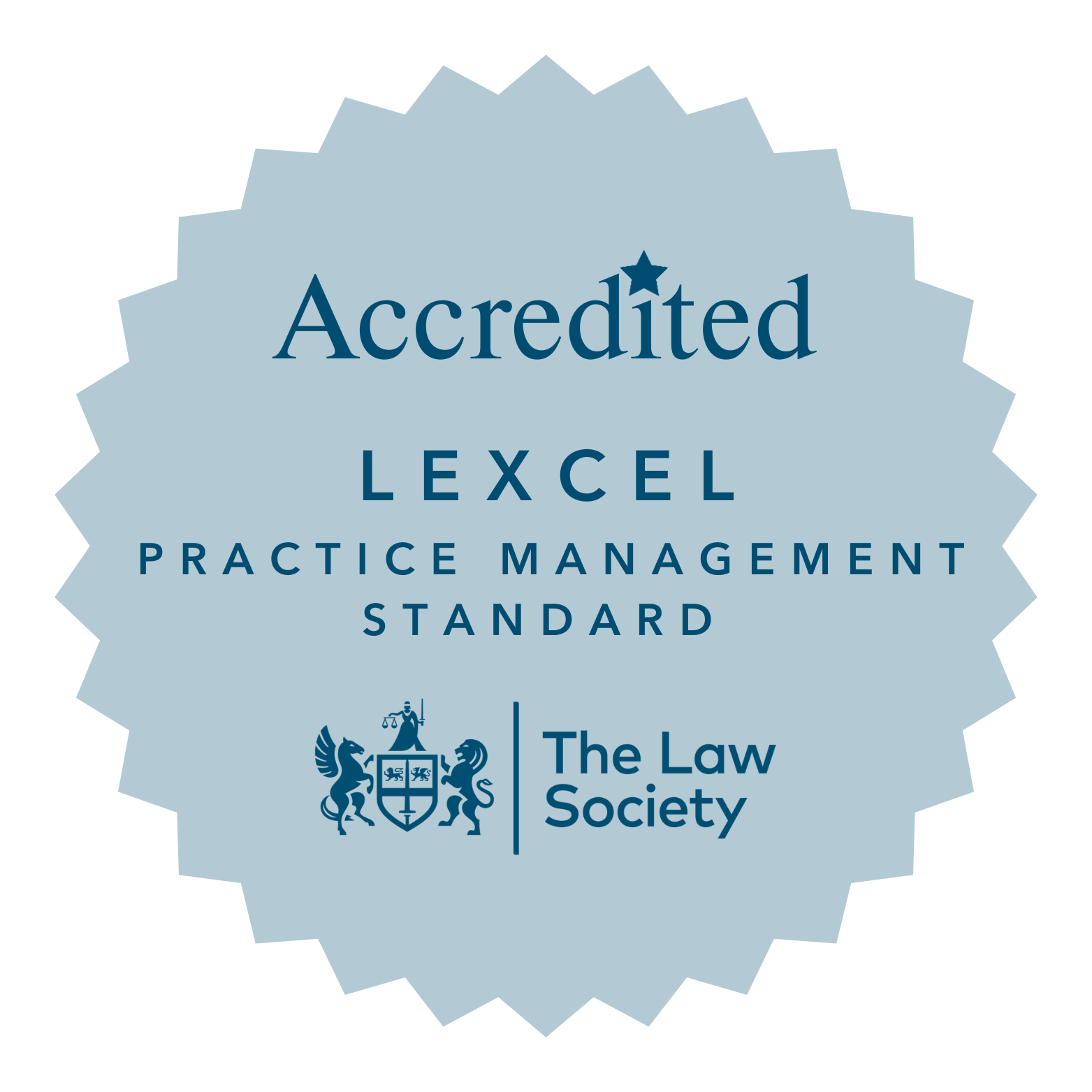A day in the life of a Trainee Solicitor
My name is Samuel Ashton and I am a Trainee Solicitor at Pinkney Grunwells Lawyers LLP. I joined Pinkney Grunwells in July 2022, straight after finishing my Law Degree.
As a Trainee, I will complete 3 different seats in different departments across our firm. I am currently sitting my second seat in residential conveyancing. In residential conveyancing I am learning about all the elements of purchases and sales of freehold and leasehold property, and putting this into practice.
In this blog post, I will give you an insight into a day in the life of a Trainee Solicitor in our conveyancing department.
Our morning starts at 9am. We check our emails and attend to any urgent matters which have come in overnight. Once we have settled these, we properly begin the rest of the day.
Today, I have been given the task of completing a Report on Title for a purchase transaction. The Report on Title is a lengthy report containing as much information and advice about a property as possible in order to provide our Clients with an in-depth overview about the property they are purchasing and any potential issues which have been identified during our investigations. The reports are very interesting to prepare as every property has different intricacies to write about and is very important for the Client as it gives them a full overview of the property they are buying. No report is ever the same.
After I have completed writing our report, I am required to draft a letter to the Client accompanying the report and prepare copies of all the enclosures. The bundle of documents that are sent to the client at times can be vast and can vary from Building Regulations Certificates to Indemnity Policies or old deeds such as Conveyances or Indentures. No stone can be unturned when buying or selling a property and we understand how big a decision buying a property is, so we ensure we are as meticulous as possible in covering all bases so our Clients can ascertain whether this property is right for them.
Once this bundle of documents is ready, we will prepare it to be posted to the Client so they can look at it in their own time and then advise us whether they are happy to proceed. This was a huge job and took me all morning, so I will now take my break for lunch.
This afternoon, I have been given a file which we have received documentation back on from the seller’s solicitors, and I have been given the job of looking over the file documents to see what enquiries need to be raised. For example, if a property has a conservatory, does it need Building Regulation Approval, has Building Regulation Approval been obtained and so on. This is only one of the observations we make on properties to ensure a high quality of conveyancing and to inform the Client thoroughly. We would also seek to obtain Building Regulations Certificates for works which have been undertaken and, if they have one, an accompanying Guarantee (where applicable). Once I have drafted my list of enquiries, I would have this checked by my supervisor and if it is satisfactory, send it off to the seller’s solicitors.
My final job of the day is a first registration of an unregistered property. Despite compulsory registration being in place since the introduction of the Law of Property Act 1925, many properties still remain unregistered at the Land Registry. Therefore, if a client decides to purchase a property which is unregistered, it is our job to register the property with HM Land Registry following completion of the purchase. In this case, we would receive an Epitome of Title from the seller’s solicitor, outlining exactly a “good root of title” to the property (a “good root of title” must demonstrate at least 15 years of ownership of a property, the legal and equitable interest of the property and a recognisable description of the property). Once we have received this from the seller, we should also be provided with a Search of the Index Map (SIMR) and a Land Charges Search. This ensures that the property has no charges against it (such as a mortgage), and that the plot of land which our buyer is purchasing has no pending applications over it. Once we have completed the purchase of an unregistered property, we will prepare an application for first registration and submit this to HM Land Registry for processing.
Throughout the day I make a list of the jobs which I have completed. At the end of the day I fill out my training record with the details of each job. The Training record is very important to my training period as I require this in order to provide evidence to show that I have demonstrated all of the Solicitor competencies which we are expected to uphold and to show that I have completed the minimum two years of qualifying work experience which is required to qualify as a Solicitor. I complete this record everyday to ensure that my record is as strong as possible and to keep it up to date.
That finishes the busy day of a trainee solicitor in the residential conveyancing department. I hope you have enjoyed this blog post.




